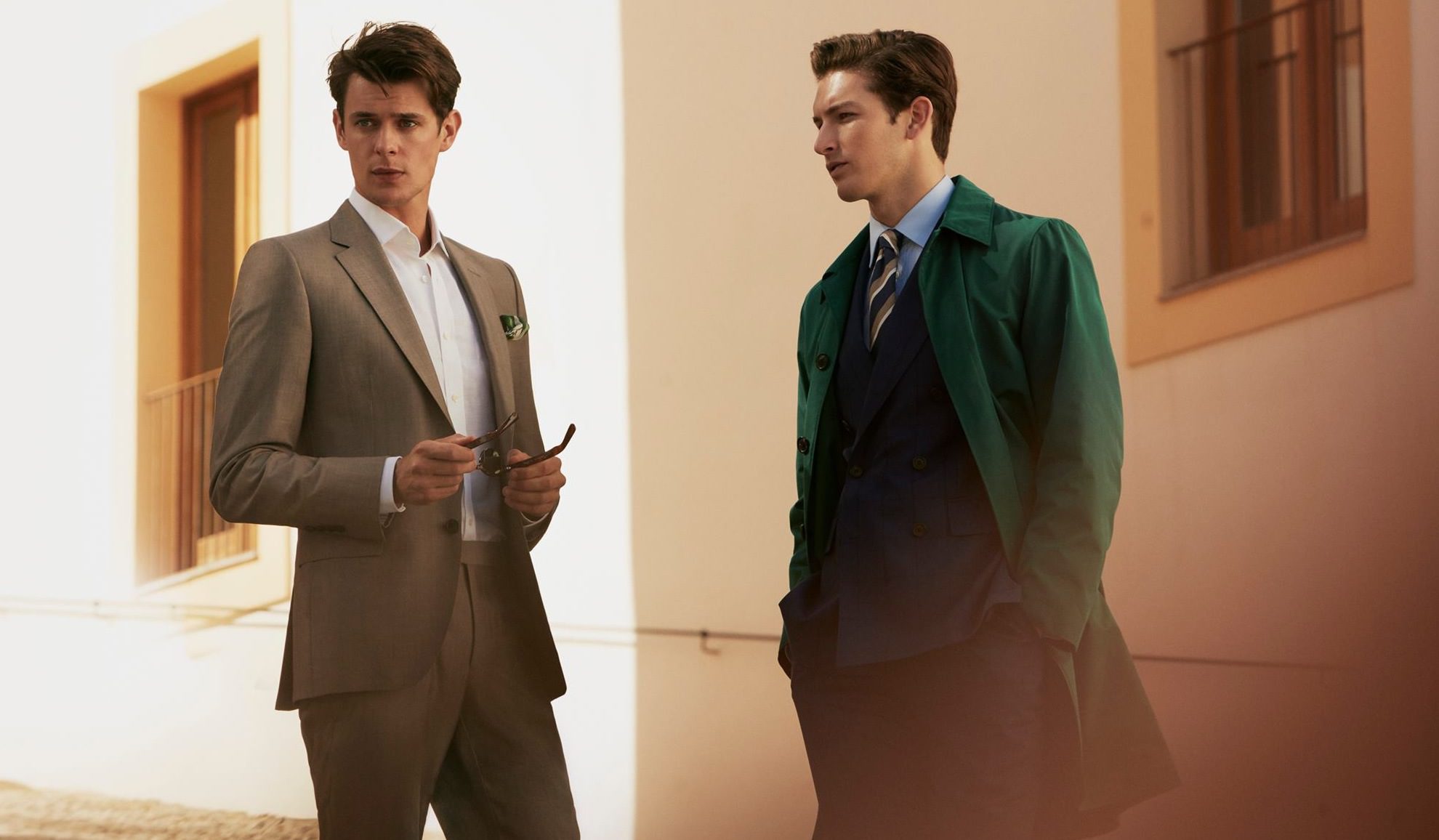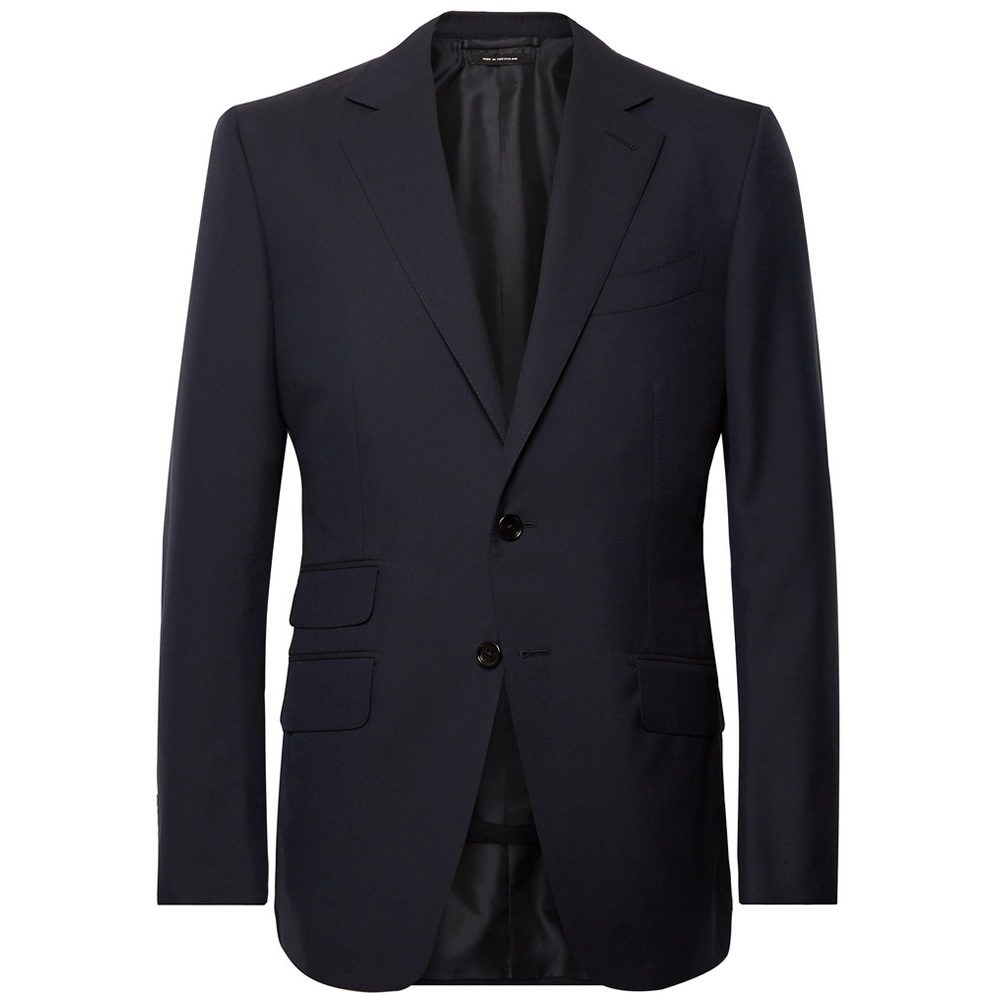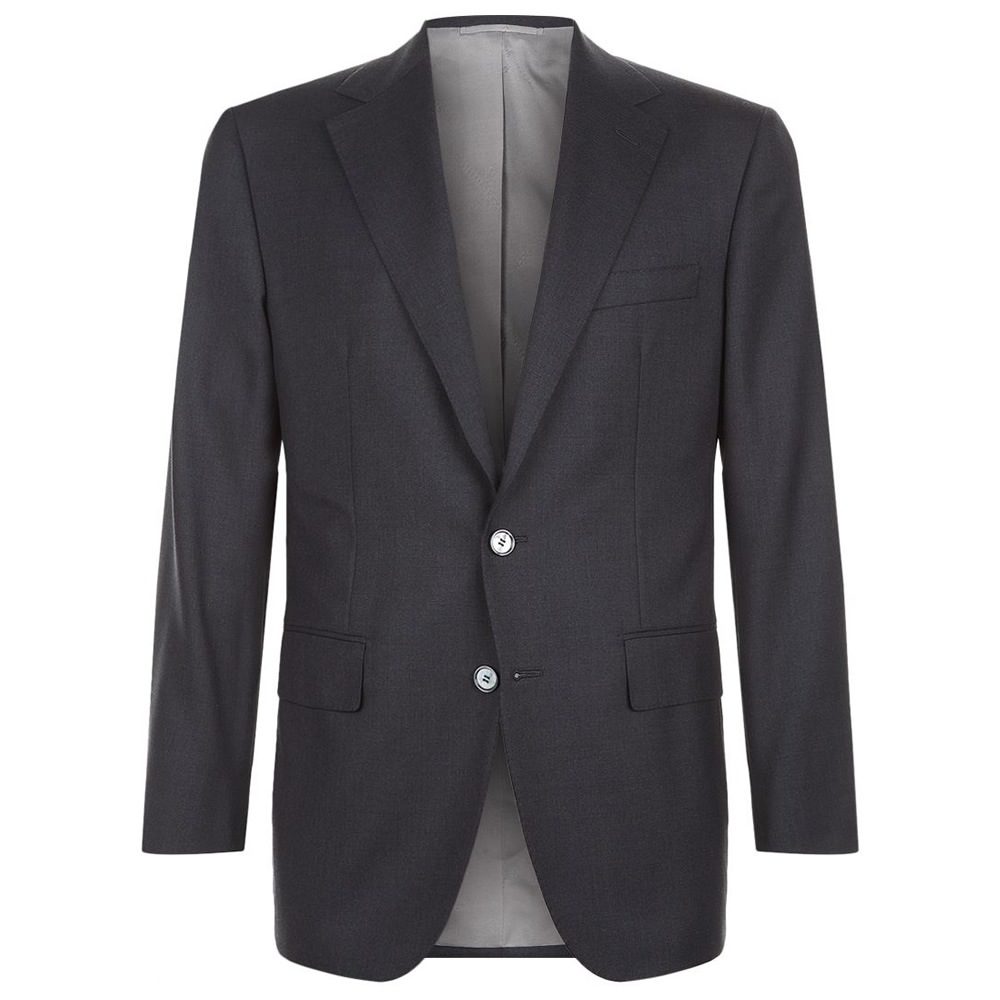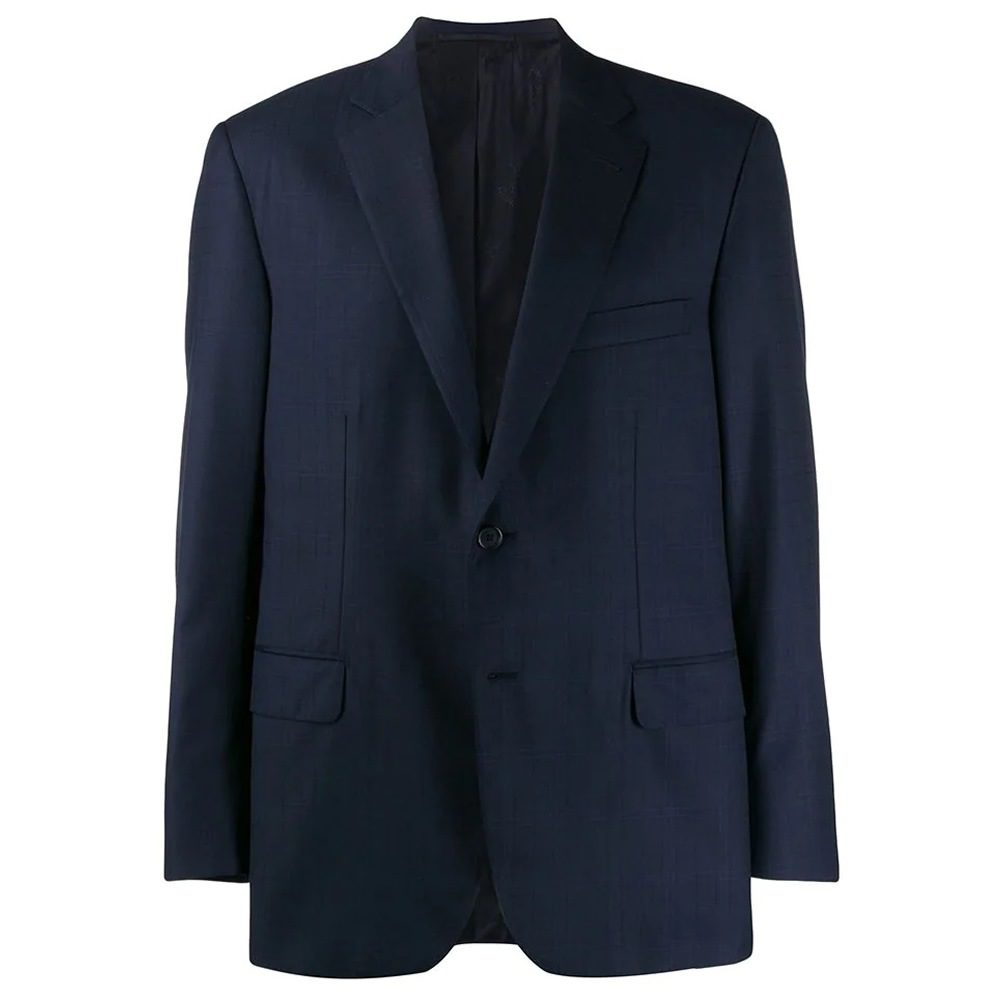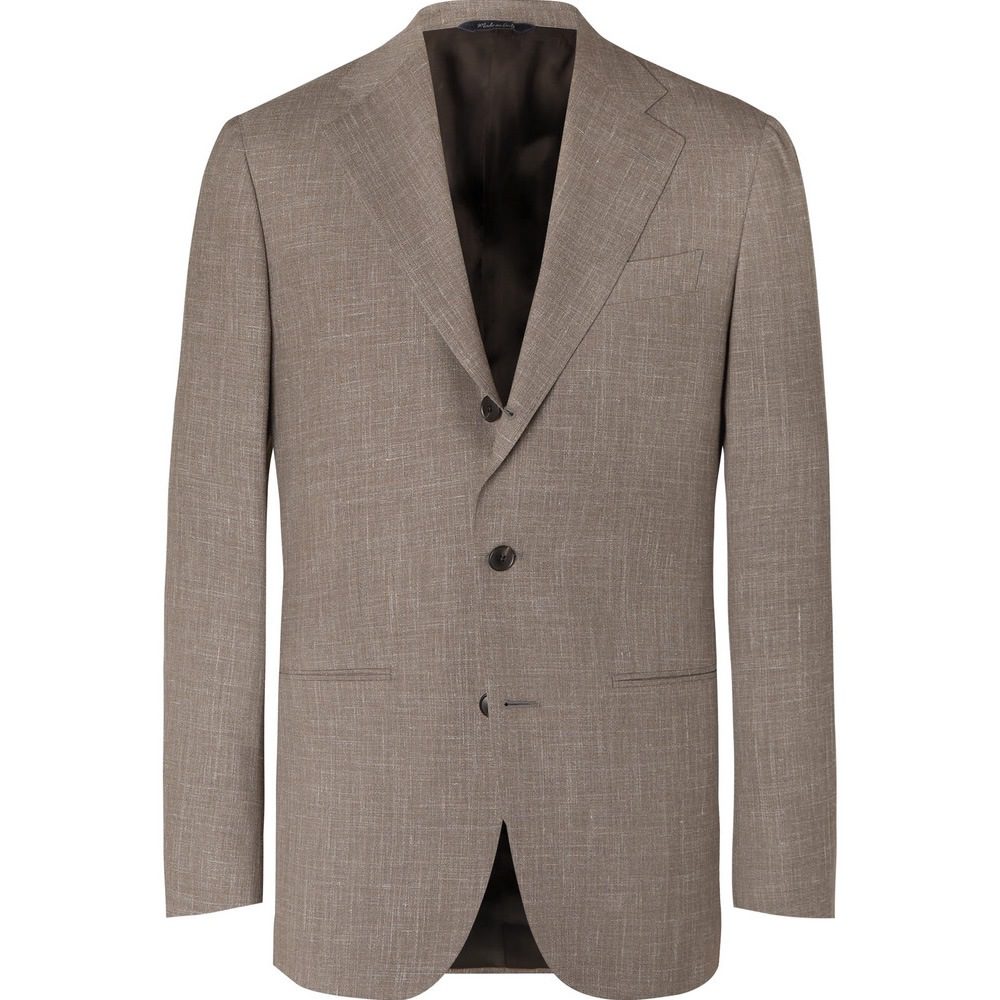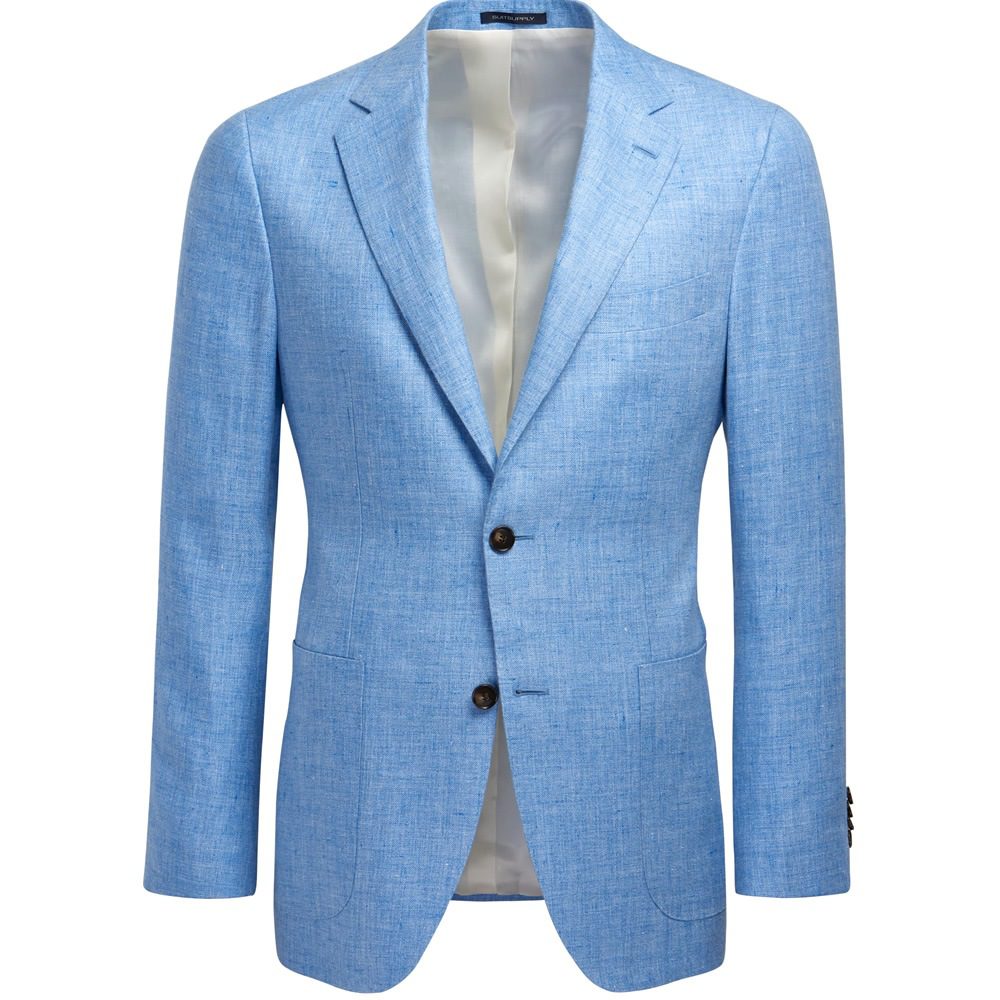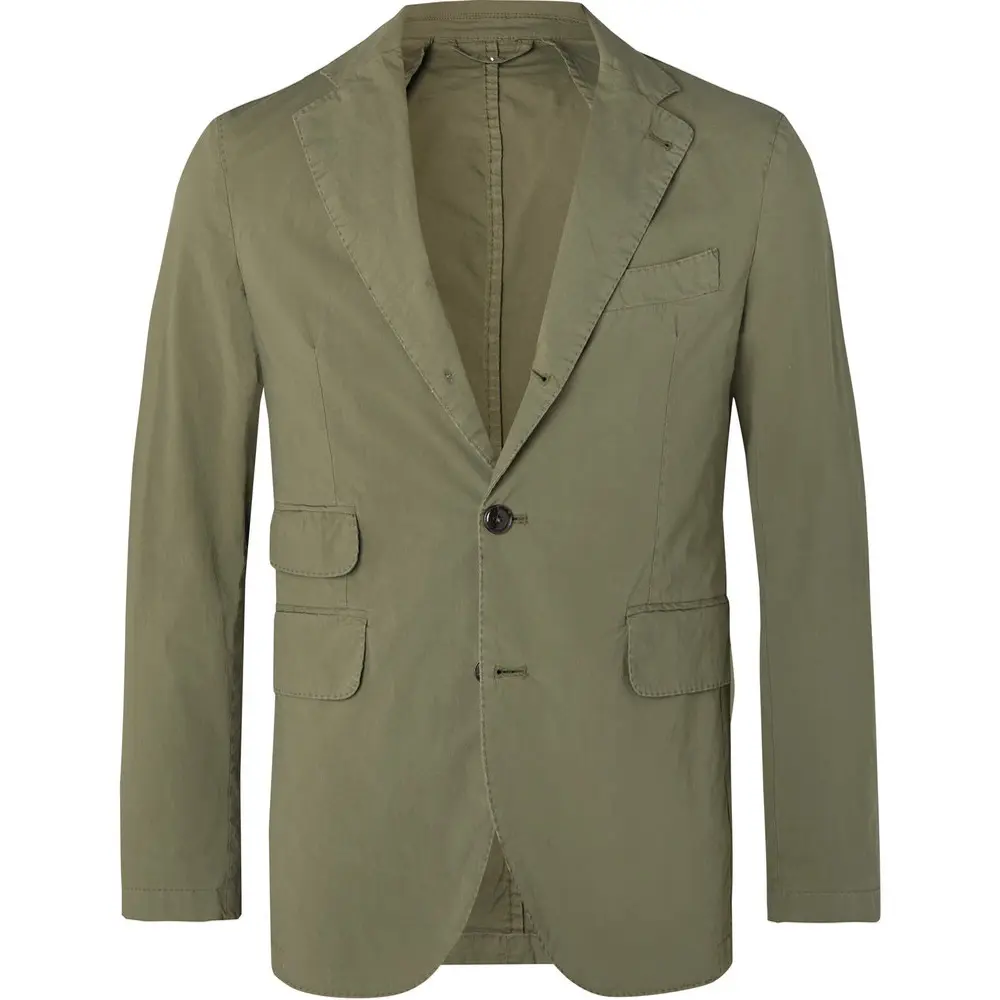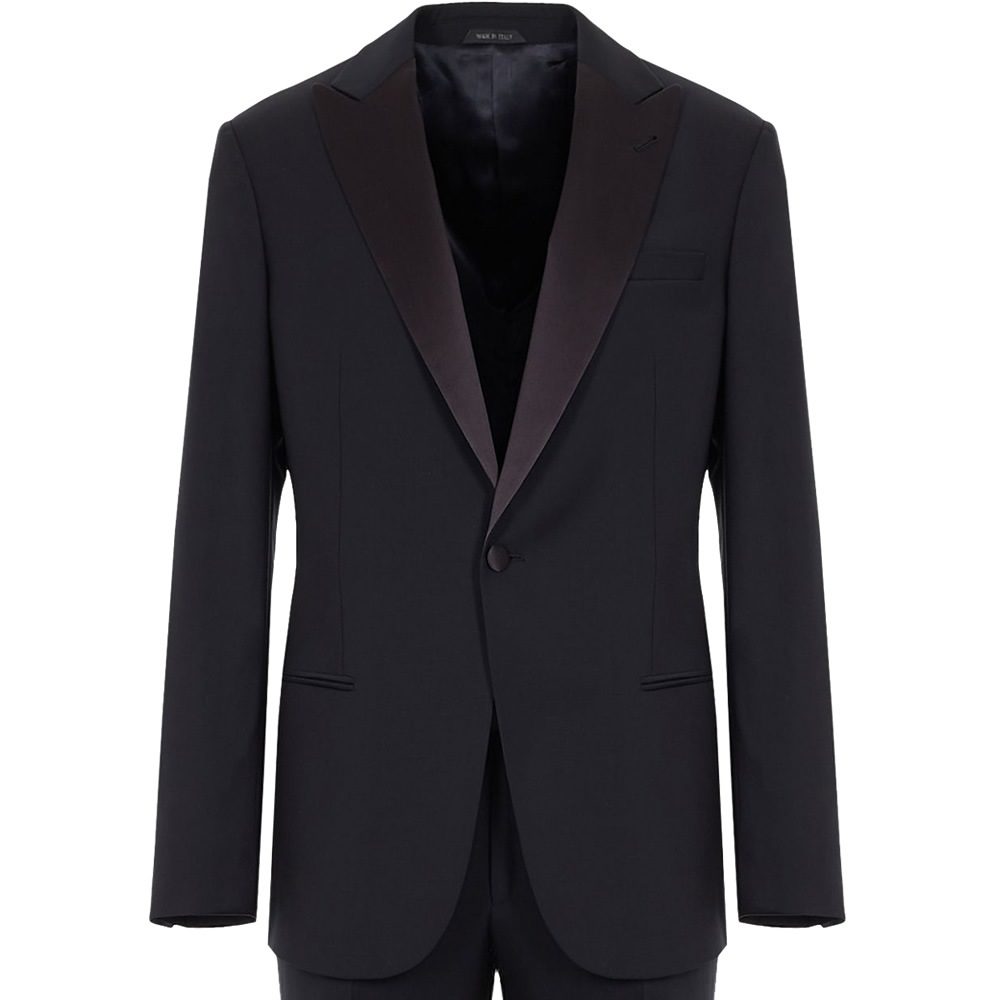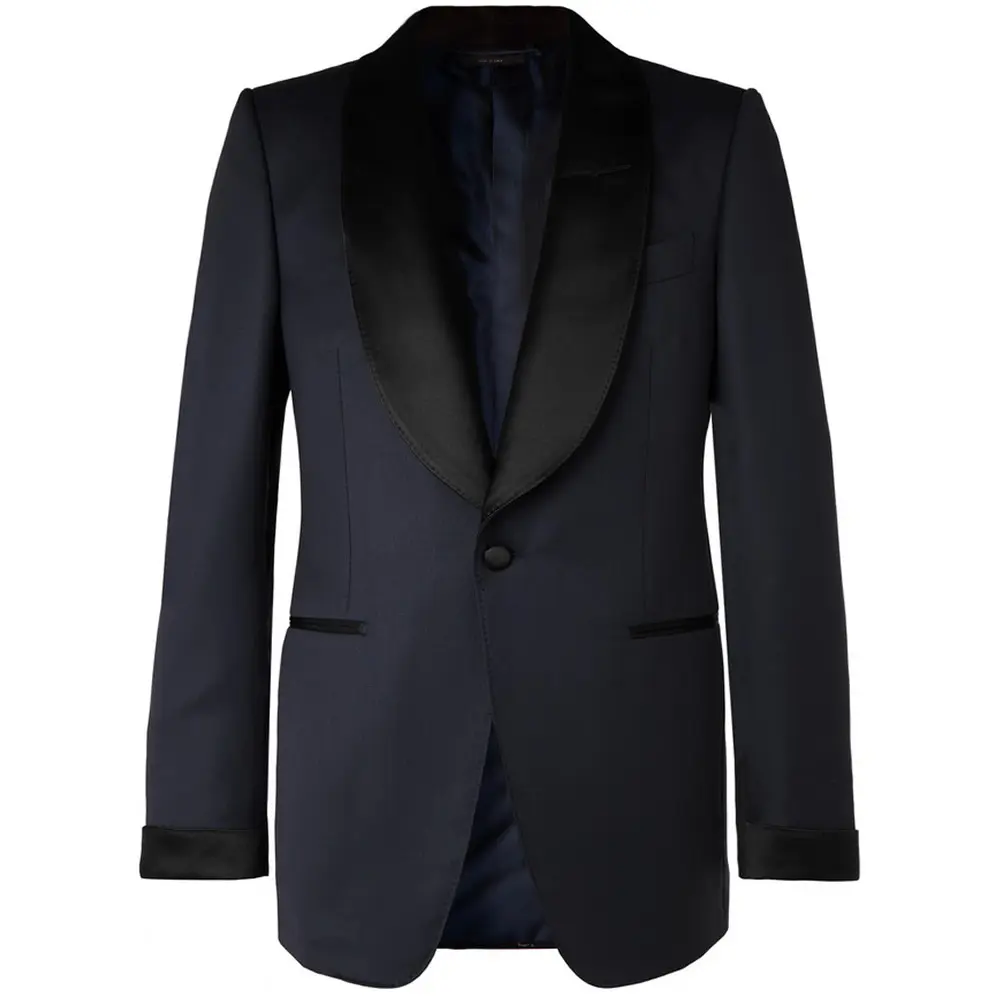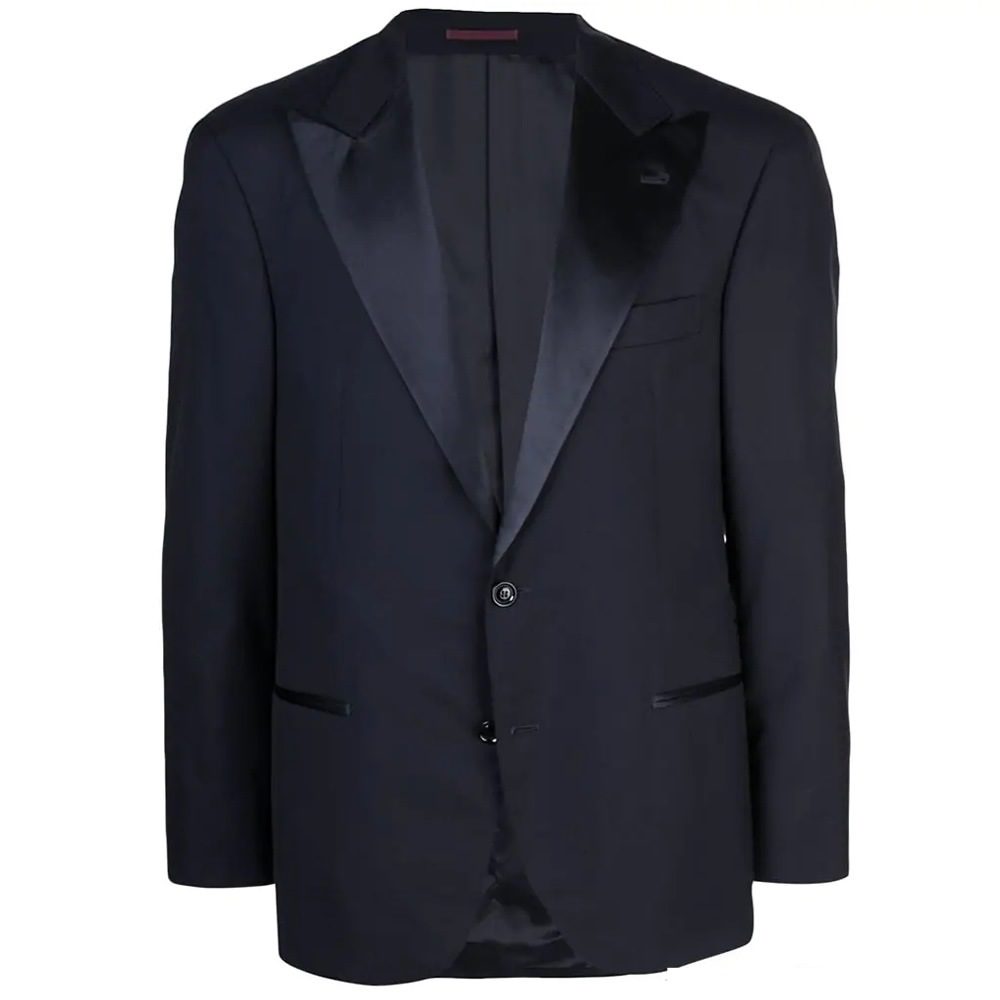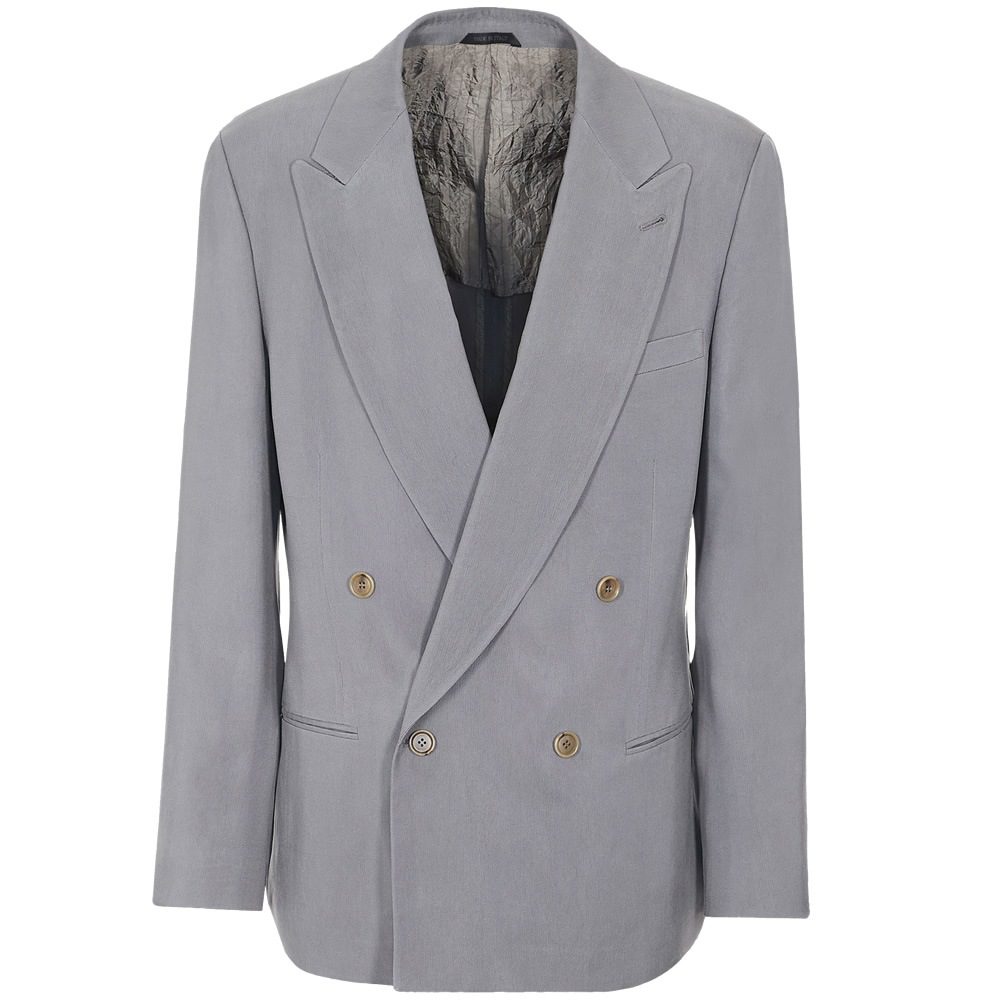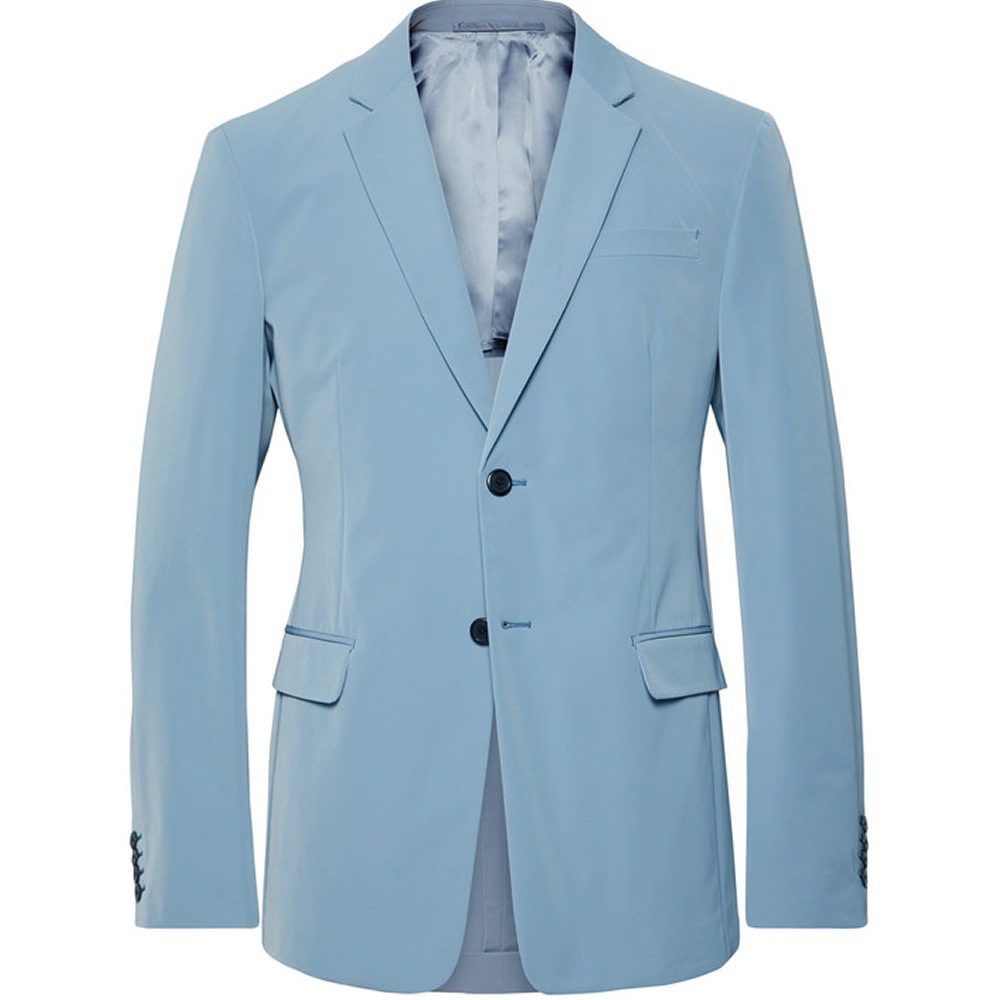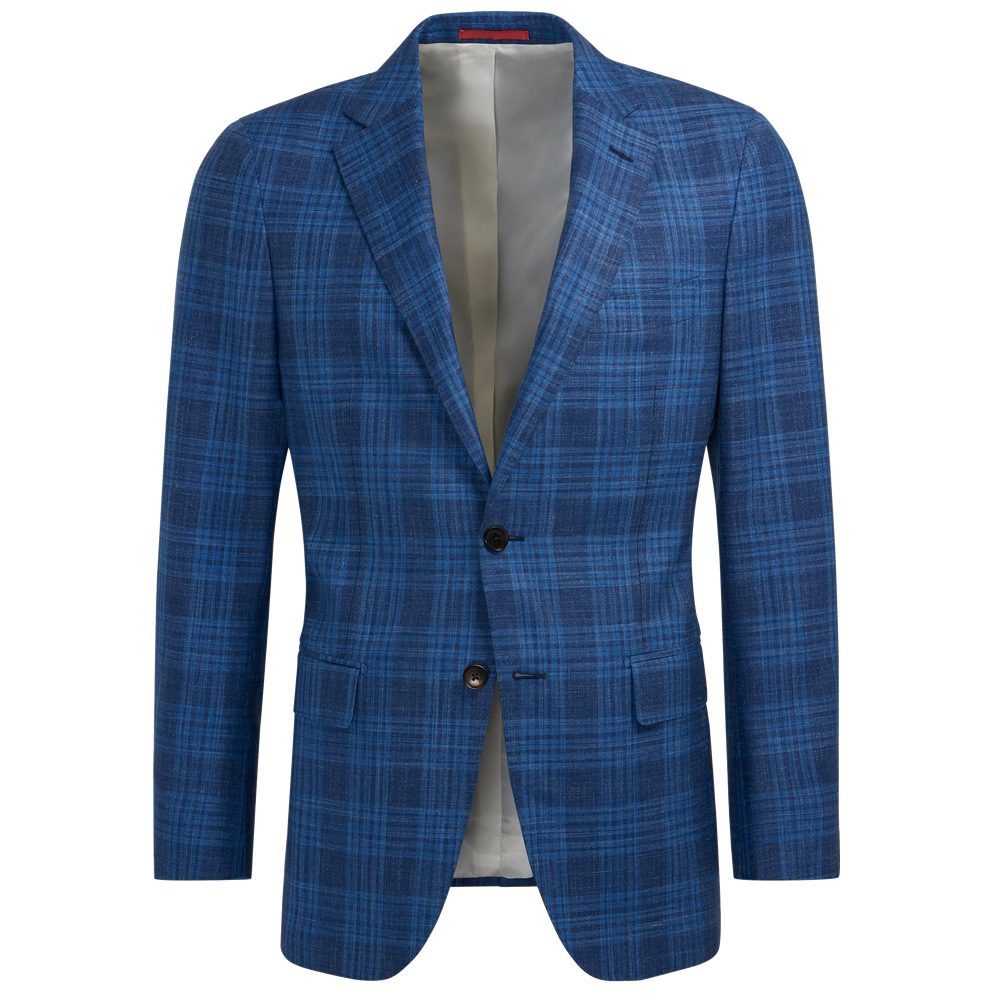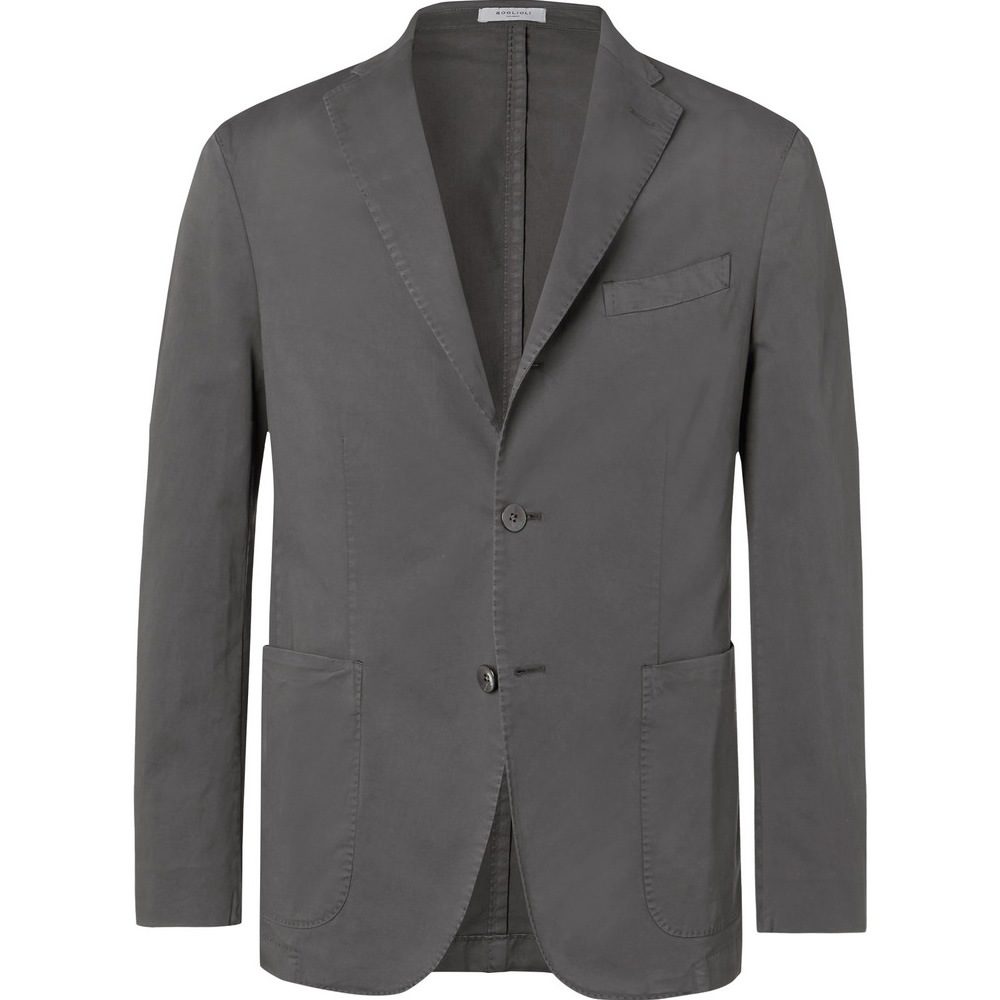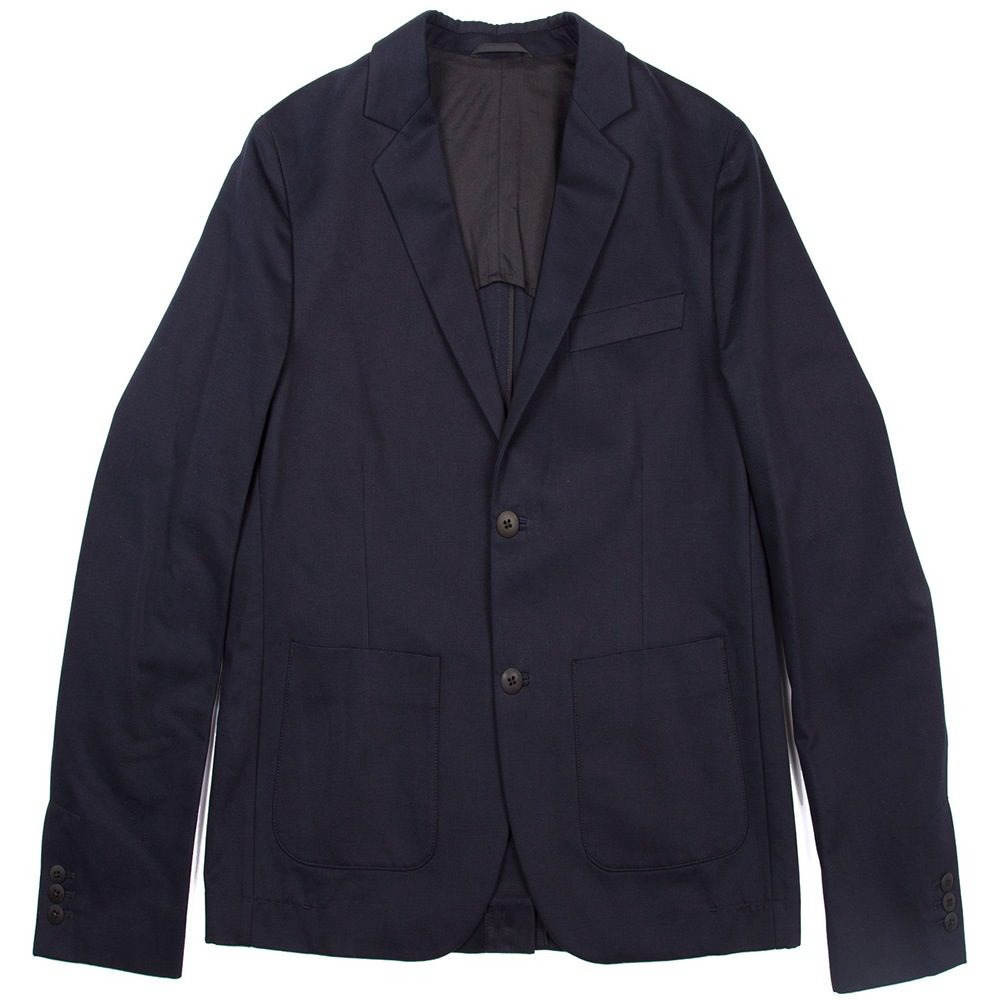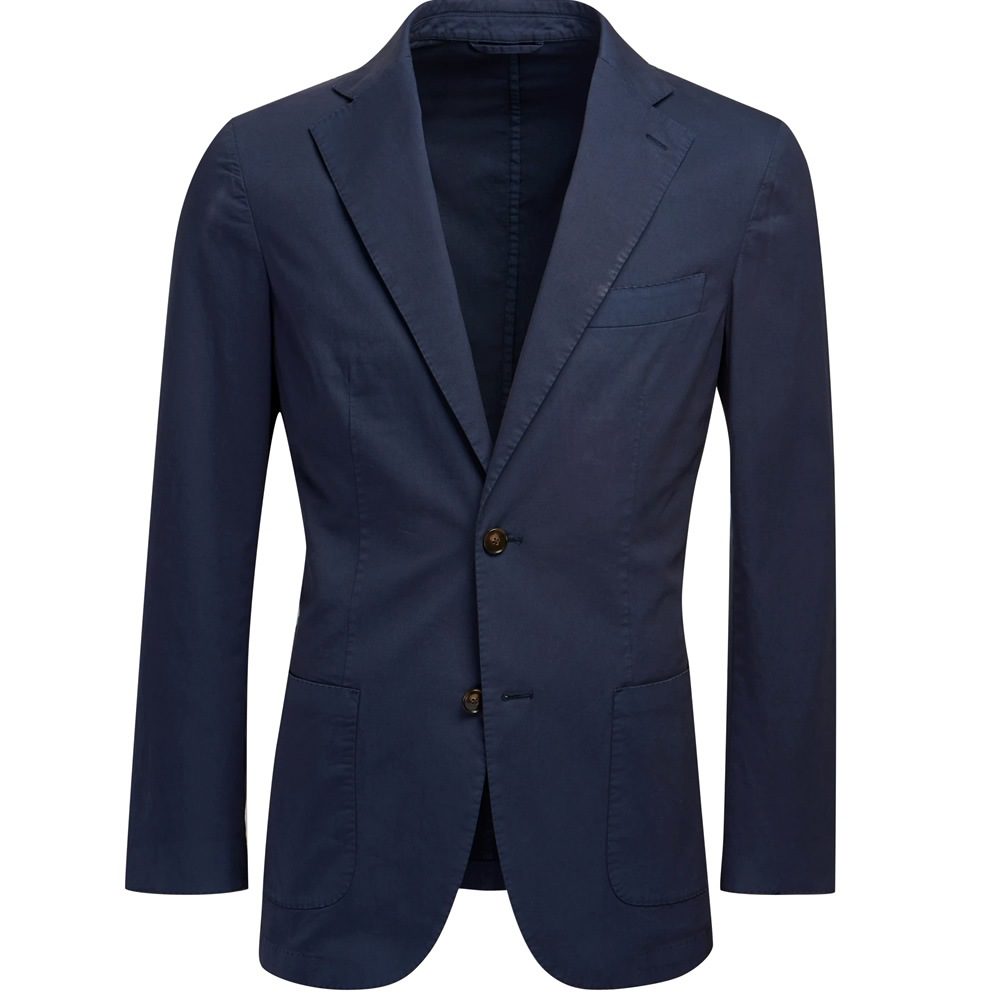5 Types Of Suits Every Stylish Man Should Own
The time was when a man had one suit – his Sunday Best. Or, if he worked in an office, he had perhaps two or three suits on rotation – all much the same, more for practicality than panache. These days, however, a suit can figure for multiple occasions and moods. Whether dressing up, down or sideways, your suit selection needs to work for you.
The Business Suit
When a suit absolutely has to be worn for the reason that lounge suits have typically be worn for the last 150 or so years – to connote and to gain respect – then it’s best to opt for the most classic kind of suit possible. Obviously, this changes over time – a suit from the 1980s tends to look like it does, no matter how timeless its creators set out for it to be. There is, nonetheless, a kind of generic suiting style, harder to pin to any specific period: consider a two-button single-breasted jacket with notch lapels and flapped pockets, nipped in at the waist, and of medium length (ending roughly in line with your knuckles, hands by your side).
Trousers should be flat-fronted and plain finished, medium width, with a medium to high rise. Add in a lapel-free waistcoat, if required. Opt for a medium to heavyweight all-wool cloth in navy or charcoal; herringbone or a similar understated pattern can help add subtle interest.
The Summer Suit
It’s not often – outside of a wedding invitation, or perhaps a special holiday – that one is called on to wear a suit in high summer without also being inside an air conditioned building. Yet there’s still the allure of dressing sharply even given tropical temperatures. The summer suit is an opportunity to break with the usual demands of good tailoring for a precision fit. You can wear this type of suit more loosely, with a single-breasted, notch lapel, two- or three-button jacket. The latter, particularly when combined with flapped pockets, will help the jacket hang better should the conditions be so stifling as to require you wear it open. Trousers should be slightly wider in the leg, pleated or flat-fronted.
What’s more crucial is the colour and cloth. It’s a brave man who wears a suit in white or cream, but a lighter shade of a traditional formal colour certainly works here – taupe rather than brown, mid blue rather than navy, and so on – and increases versatility. But the weather, and possibly the occasion, also affords the chance to dress more obviously for the season and embrace an appropriately upbeat colour – paler blues, greens, reds – especially if it’s more washed-out than vibrant.
As a for the cloth, linen is the obvious choice but crumples pretty much immediately; you can counter this by opting for a linen blend, whether mixed with cotton, silk or lighter wools. 100% cotton should also be considered, offering slightly more structure while remaining breathable and comfortable to wear in the heat.
The Dinner Suit
Rent if you must, but in terms of making a decent show of yourself, there’s little that beats wearing your own dinner suit (and, please, it is a dinner suit, not a tuxedo). That’s a hard idea to grasp when most of us are given opportunities to wear black tie sparingly, but – as countless James Bonds have demonstrated – nothing trumps it for sheer class. Opt for a single-breasted, one- or two-button jacket with satin-faced peak lapels and slit (not flapped) pockets.
The trousers should have pleats, a straight or very gently tapering leg, a narrow satin stripe down their outer seam and suspender buttons or side fasteners. You don’t wear a belt with black tie.
Aim for a medium-weight wool cloth – which will crease more easily but should see you survive a warm evening – in midnight blue, rather than black, where possible. In indoor light (you’ll likely be indoors if you’re at a function requiring dinner dress) midnight blue looks blacker than black.
The Party Suit
Given that the call to wear a suit for office work is in decline, thanks to rise of “business casual”, men are increasingly left with the option of dressing up for the pleasure of dressing up. Now, rather than dispense with the suit to go out, we’re often wearing one to go out. But, of course, such a suit need not be conservatively restrained to corporate demands: colour, fit, proportion and detailing are all there to play with, as in any other garment.
More likely to follow current trends than any other suit you own, right now you might go for a loose, double-breasted, low-breaking jacket, with similarly outsized tapering trousers, in a pastel shade of blue, pink or plum. Look for suits in sporty, technical cloths too (perhaps with some stretch for comfort).
Worn with a T-shirt and sneakers, this is clearly not the kind of suit envisaged by your bank manager – it’s not even one envisaged by most tailors. But it does embody ideas of where the suit is going.
The Casual Suit
The need for formal attire now is such that it’s a wonder the suit survives at all. Dressing is increasingly about comfort and self-expression, rather than conforming to some code. And yet there are those occasions when it’s not quite clear what is expected; not to mention those occasions when you yourself don’t want to wear your usual casual style – when you feel like adding just a touch of up-togetherness.
Suiting is not all about the stiff, military bearing of our forebears. Opt instead for a looser-fitting, workwear-inspired suit, with an unlined two- or three-button, single-breasted jacket – which can be worn shorter than normal – and matching flat-fronted trousers in a stout cotton twill.
A darker colour such as navy or mid grey will be most useful all year round: the suit can be worn over a merino wool polo shirt or cardigan in the winter. Both parts of the suit can, of course, be worn separately. Both parts also benefit from being machine washable and worn straight from the line – this isn’t the kind of garment to press.
